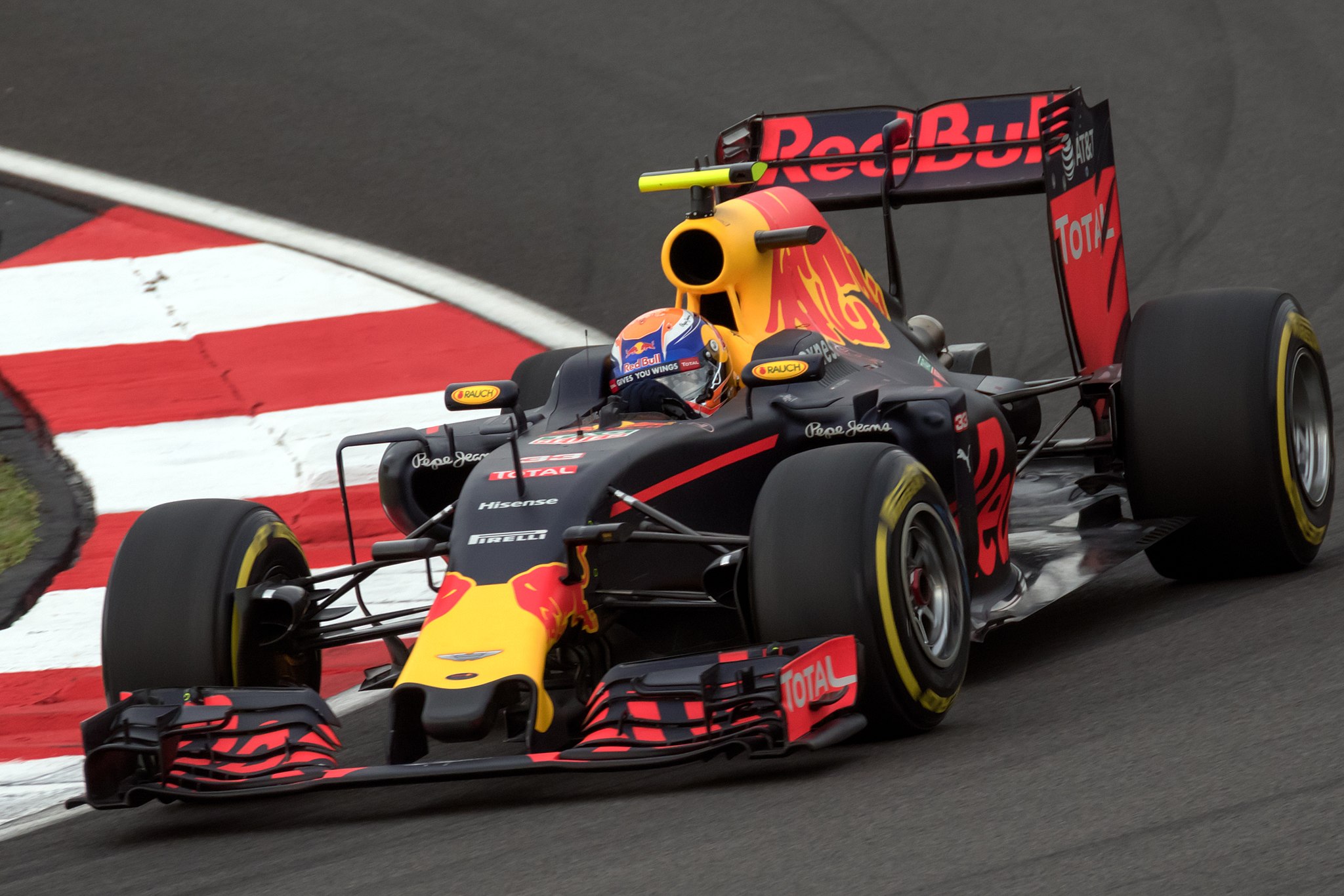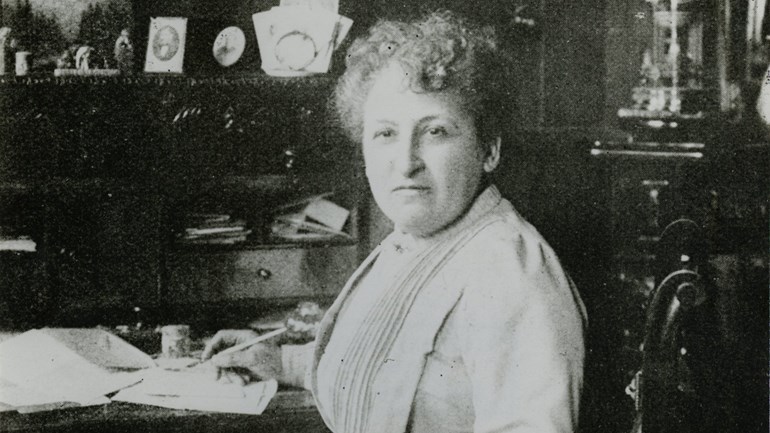Road traffic and other liability in Formula 1?

If one formula one car hits another, and one of the parties is to blame, does that create liability to pay for the repairs of the other?
On Sunday morning 1 October 2017, all of the Netherlands was behind their tv or internet connection to watch ‘our’ Max Verstappen win the Malaysian Grand Prix. Besides watching a very exciting race, I wondered about some of the accidents that happen between drivers on the track. I was especially intrigued with the incident between Lance Stroll and Sebastian Vettel.
If one formula one car hits another, and one of the parties is to blame, does that create liability to pay for the repairs of the other?
Of course, like in other sports, the standard of care that we assume between ‘players’ is different than in the ordinary course of life and business, but I am not speaking about bodily harm. The material damage to Vettel’s car, which was estimated by Dutch former formula 1 driver Robert Doornbos on Dutch TV of about half a million Euro, is now to be born by Ferrari?
The liability regime the applies to damage occurring, either by intentional act or by negligence, is traditionally covered by the place where the damage occurs (lex loci delicti). So Malaysian law applies to damage occurring during the Malaysian Grand Prix, etc. A quick google search reveals that there are special liability rules for the Singapore Grand Prix.
Of course a formula 1 circuit is not part of the public road, so normal road traffic liability (which tends to be strict liability in civil law countries) would not automatically apply. However, there are also tracks, most notably Monaco, Canada and Singapore that include (parts of) public roads. Hence, Singaporean special legislation may seem in place. However, you cannot set your entire liability system aside. So perhaps no strict liability for road traffic accidents, but general fault-based liability would continue to apply through a country’s private law provisions.
There is a lot of sports law that applies to formula 1, but most of it seems to focus on the duty of care of the Grand Prix organizers and FIA for fatal accidents, but not about the ordinary materials. There is an incredible amount of contracts and paperwork involved to the organization of a F1 Grand Prix, and I can imagine most contracts will perhaps state something about this. Although parties may be able to contract out of the applicable law under the Rome II Regulation (article 14(1)(b)), this does not generally exempt them from the general liability law relating to personal injury or intentionally caused harm. You are, after all, not supposed to be able to contract out of a liability regime entirely.
Damage to the car, when caused intentionally or negligently, would in principle also create liability between the driver and the team. Such liability can contractually be limited or even excluded in the contract between the driver and the team. However, there is no such contract or exemption between the drivers or between the drivers and other teams than their own.
Of course, that does not necessarily mean that the one formula one driver is now personally liable towards the other. It seems very likely that their team can be held vicariously liable on their behalf as employers would be for employees.
Hence, do our regular provisions of tort law not remain in force, regardless of the circumstances of the event in which damage arises? And would that not benefit driver responsibility in the same way as we try to steer driver responsibility with our regular road traffic liability rules.
I wonder, in other words, and comments are most welcome, would an obligation to repay the damage not arise by operation of law?
Published on Law Blogs Maastricht and MEPLI
-
 B. AkkermansMore articles from B. Akkermans
B. AkkermansMore articles from B. AkkermansBram Akkermans is Professor of Property Law. Bram specialises in sustainability and property law and combines property theory with constitutional property and property doctrine to explore how property law can accommodate sustainable thinking.
Other blogs:
Also read
-
Recent days have seen the meteoric rise and fall of the European Super League (ESL). This new league would have consisted of 15 founding clubs and 5 other clubs; the former consisting of ‘big clubs’ which could not be relegated and the latter in clubs who performed well over the past years on a...
-
Back in 2017, the European Court of Justice ruled in Asociación Profesional Elite Taxi v. Uber Systems Spain, SL (Case C-434/15) that Uber offers common transportation services and thus, ought to be regulated as such. Various European national courts subsequently made similar rulings against Uber...
-
In the last few months all colleagues were able to participate in a poll to name our tutorial rooms. This leads to a choice doing justice to diversity in nationality, field, gender and type of name.


